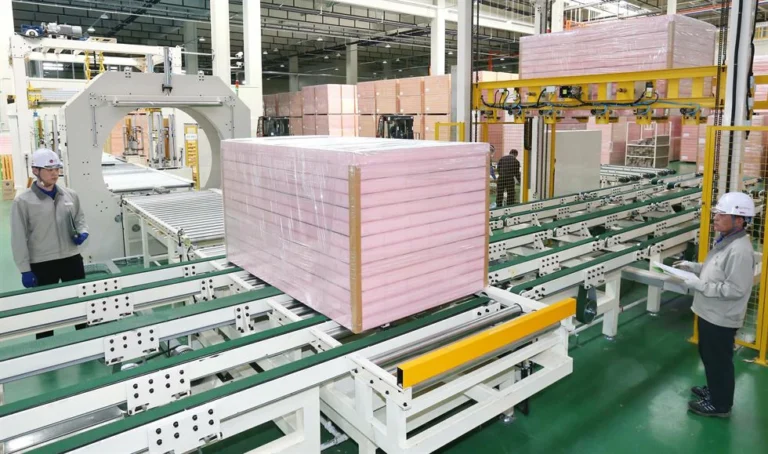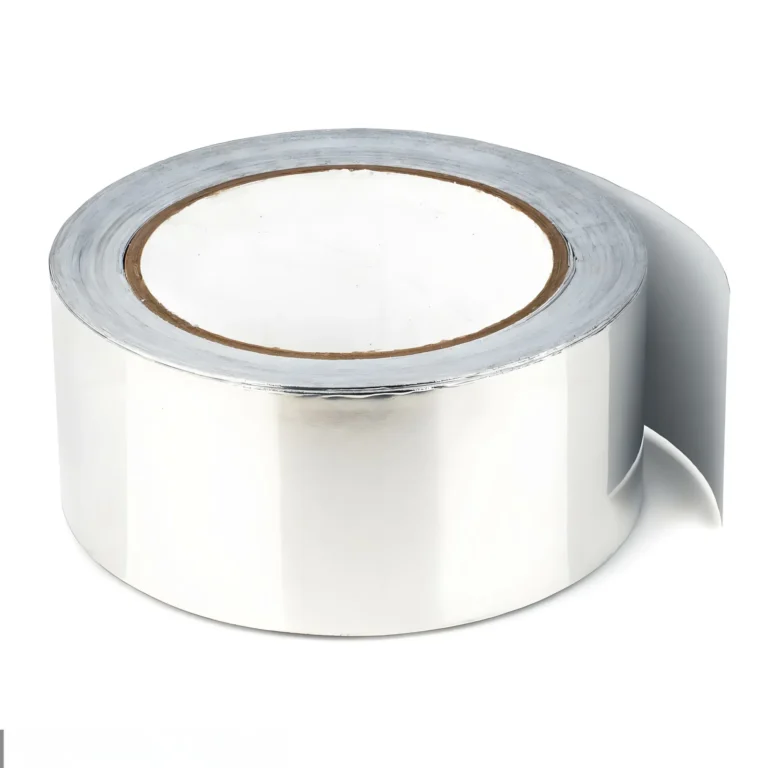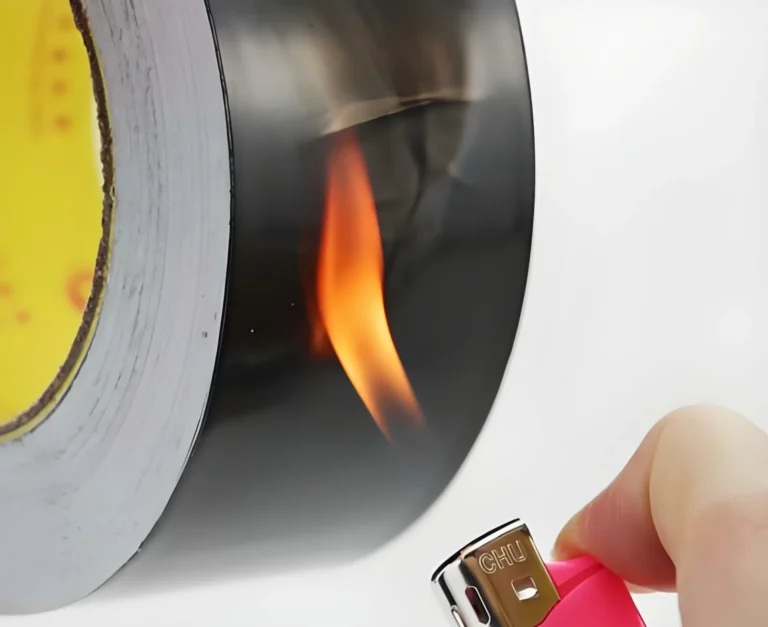In the U.S., over 76 million homes rely on central HVAC systems, making the duct system a critical part of the nation’s energy infrastructure. With an average home using 300 feet of air ducts, residential installations alone exceed 800,000 miles—enough to wrap around the Earth more than 32 times.
Given this scale, choosing the right type of ducting is essential. It directly affects airflow efficiency, insulation value, labor costs, and the comfort of building occupants. While sheet metal and flexible ducts remain common, fiberglass duct board is gaining traction—especially in residential and light commercial settings—due to its built-in insulation, ease of installation, and cost-effectiveness.
This guide will examine what fiberglass duct board is, how it compares to traditional ducting, and where it fits best in modern HVAC applications.
What Is Duct Board?
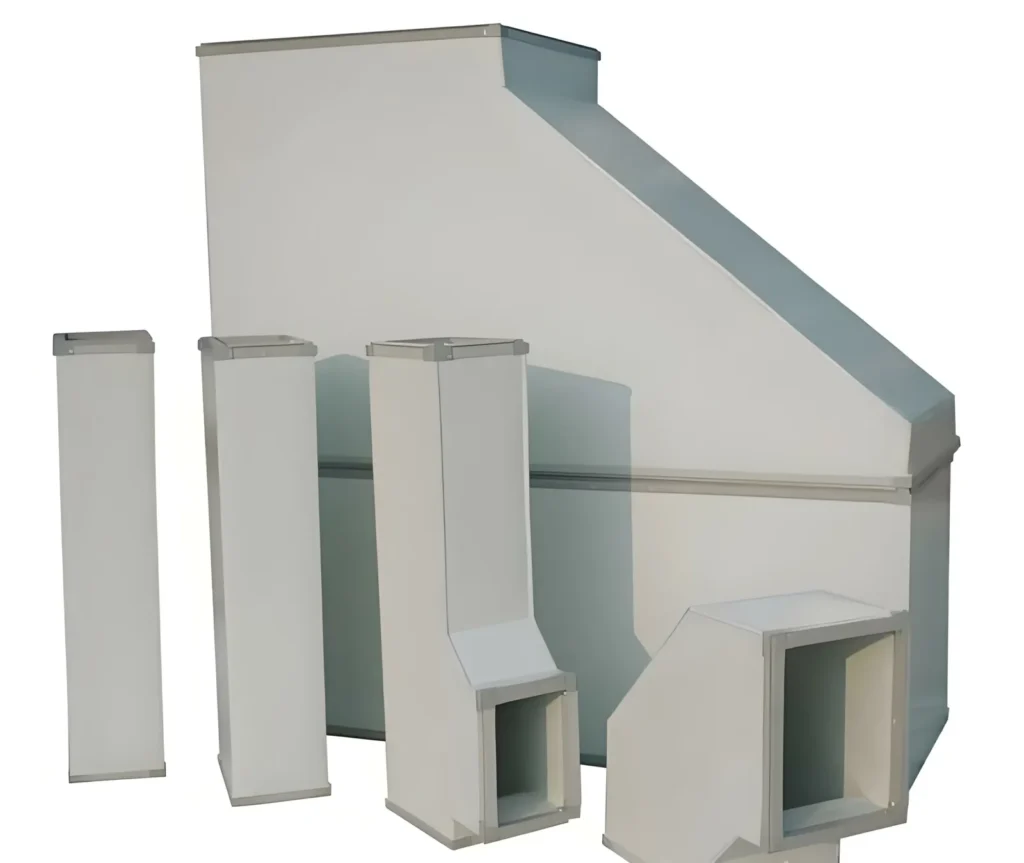
Duct board is a class of rigid panel materials engineered for constructing air ducts in modern HVAC systems, integrating both thermal insulation and structural form in a single solution. It serves as a labor- and energy-efficient alternative to traditional sheet metal ducts, which require separate insulation layers and sealing work.
Material
Most duct boards feature a core made of fiberglass, phenolic foam, or polyisocyanurate (PIR)—each selected for its thermal conductivity, fire resistance, and structural rigidity. These cores are factory-laminated with facing materials such as aluminum foil, foil scrim kraft (FSK), or polymer vapor barriers. The air-contact surface typically includes antimicrobial or low-friction linings to reduce particle accumulation and airflow resistance. Facings are bonded using pressure-sensitive adhesives or heat-cured lamination, forming a composite structure suitable for high-velocity airflow in a sealed duct system.
R-Value And Thickness
Standard duct board thicknesses range from 1 inch to 2 inches, delivering R-values between R-4.2 and R-8. The panels are scored and folded into duct sections and sealed using tapes, mastic, or mechanical fasteners—either in a fabrication shop or directly on-site. This flexibility allows contractors to adapt to tight plenum spaces or irregular layouts without heavy-duty tools or welding.
Advantages
Duct board provides continuous thermal insulation across all duct surfaces, minimizing thermal bridging and leakage. Most formulations meet or exceed ASTM E84 and NFPA 90A/90B standards, ensuring compliance with U.S. building codes for flame spread and smoke development. The non-metallic structure inherently reduces vibration noise, while the sealed, foil-lined exterior offers moisture and condensation resistance, especially in humid environments. Additionally, the lightweight design eases handling and reduces the need for structural support in ceiling installations.
Compared to traditional ducting, duct board systems are quieter, lighter, easier to install, and more thermally efficient—making them a preferred solution in residential and light commercial duct systems, where energy codes, installation labor, and indoor air quality are closely scrutinized by both contractors and building occupants.
Types of Duct Board
Duct boards come in a range of configurations defined by their core insulation material, surface laminate, construction structure, and system pressure rating. Selecting the appropriate type requires understanding how these elements work together to meet specific performance, installation, and code requirements in modern HVAC systems.
Insulation Materials
Duct boards come in a range of configurations defined by their core insulation material, surface laminate, construction structure, and system pressure rating. Selecting the appropriate type requires understanding how these elements work together to meet specific performance, installation, and code requirements in modern HVAC systems.

Fiberglass Duct Board
The most common core in residential and low-pressure commercial duct systems, fiberglass duct board—offered by major manufacturers such as Johns Manville—provides reliable thermal insulation, acoustic dampening, and ease of fabrication. It is lightweight, affordable, and suitable for indoor use when properly sealed against moisture.
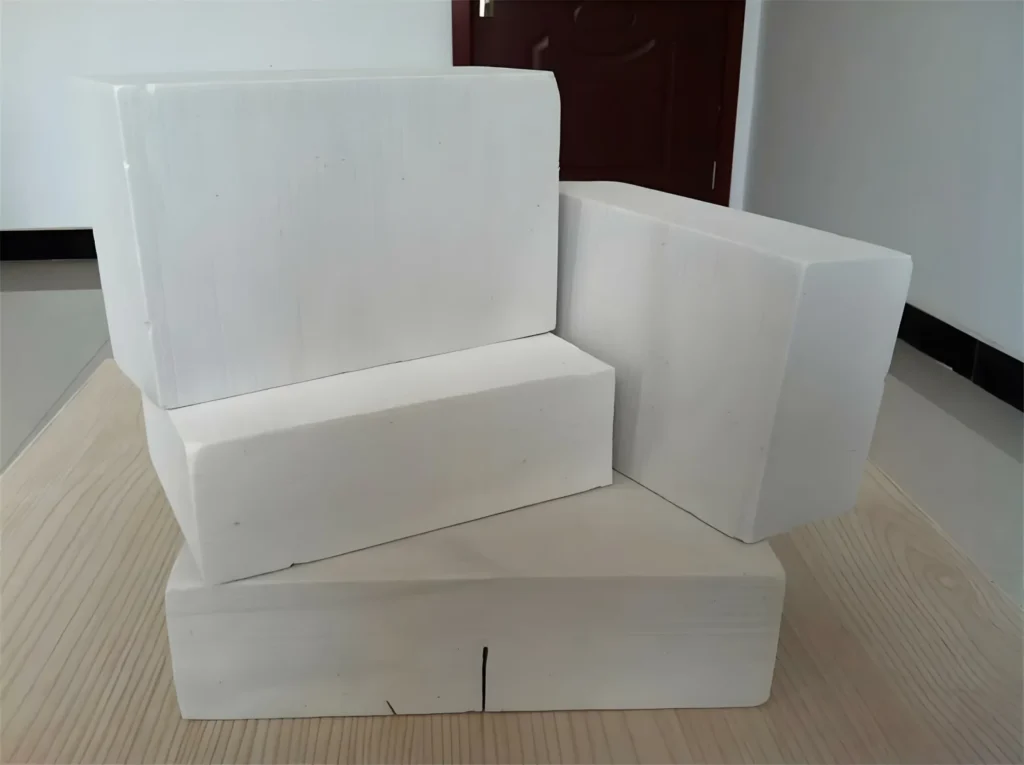
Phenolic Foam
Known for its closed-cell structure, phenolic foam duct board offers high R-values (often above R-7 per inch), superior fire and smoke ratings, and excellent dimensional stability. It is widely used in hospitals, data centers, and high-spec commercial projects.
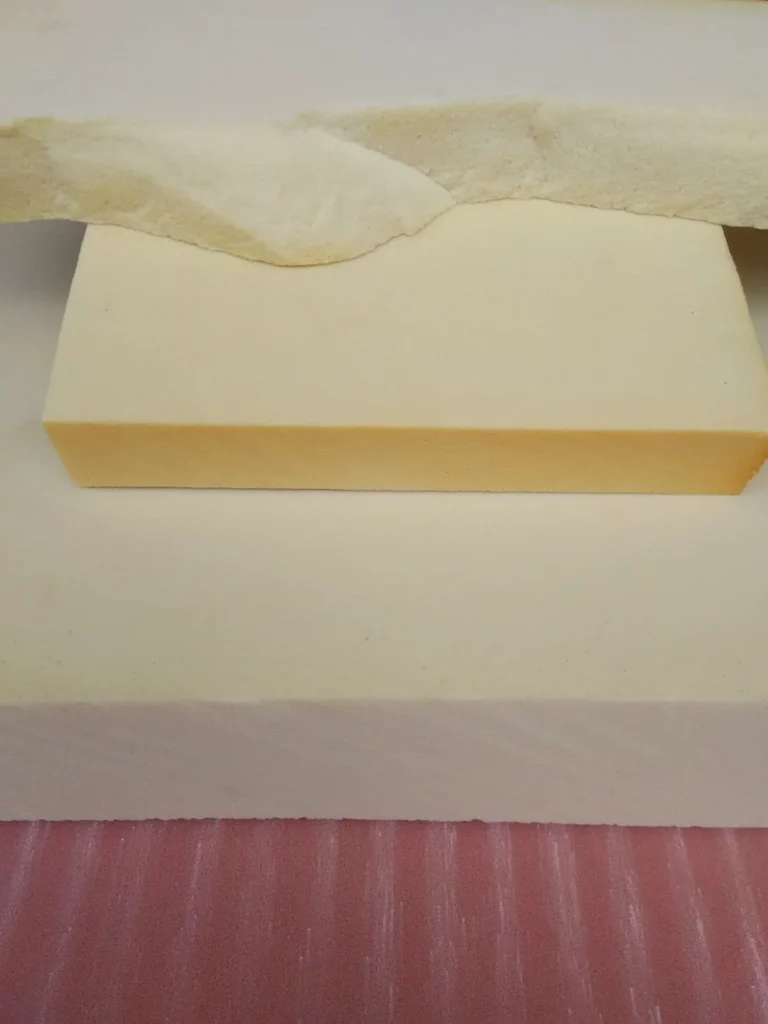
Polyisocyanurate (PIR)
A high-performance foam core offering a very low thermal conductivity per inch, PIR duct boards are valued for their energy efficiency and light weight. Often used in modular or factory-built duct systems, especially when combined with pre-finished facings.
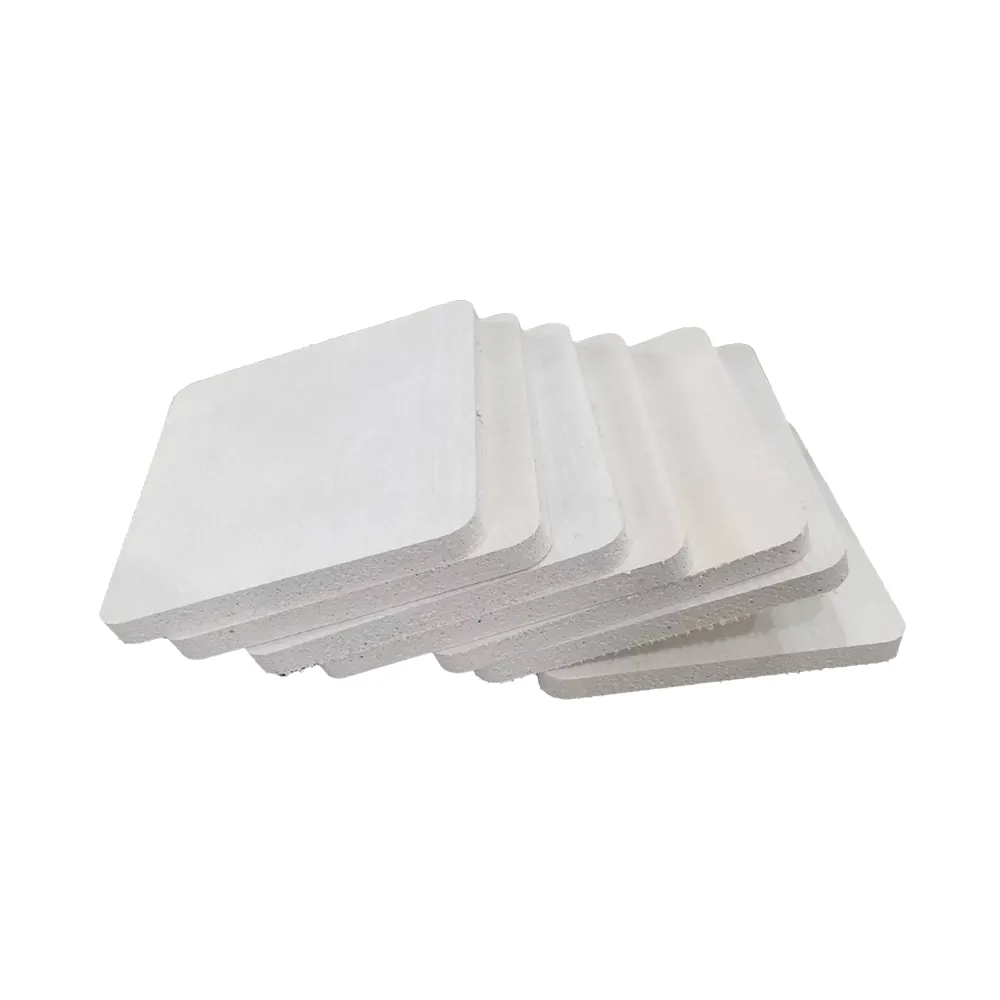
Magnesium Oxide (MgO)
A non-combustible, inorganic core material offering unmatched fire resistance, mold resistance, and mechanical durability. MgO duct boards are typically used in high-risk environments such as transport hubs, tunnels, and industrial facilities.
Surface Laminate Types

Aluminum Foil / Foil Scrim Kraft (FSK)
Standard on most fiberglass and foam duct boards, these facings offer moisture resistance, improved fire performance, and compatibility with UL 181-certified sealing systems. FSK is often used in exposed plenum areas where flame spread ratings matter.
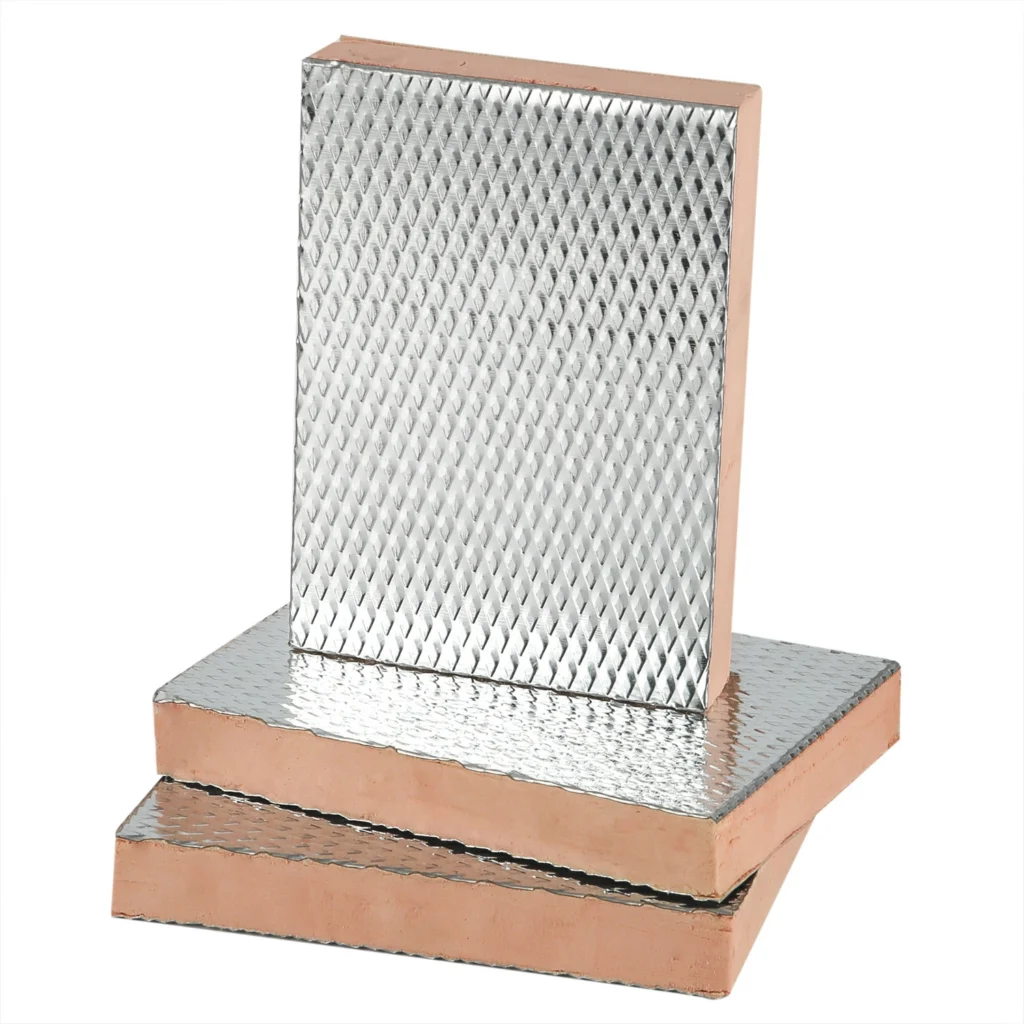
Color-Coated Steel (PPGI)
Steel-faced duct boards—typically using galvanized steel substrates—are used in mechanical rooms or exposed applications where strength, corrosion resistance, and appearance are required. When combined with phenolic or PIR cores, they form a rigid, durable system suitable for medium-pressure use.
In higher-velocity duct runs, especially with phenolic cores, standard foil facings may begin to deteriorate under prolonged positive pressure. Over time, this can lead to delamination or rupture of the foil layer, allowing loose core material to be released into the air stream. Color-coated steel facings effectively eliminate this risk, providing a high-strength, non-permeable barrier that preserves both the structural integrity and indoor air quality of the system. This makes PPGI-faced duct boards particularly well-suited for large commercial HVAC projects with high air volumes or long duct lengths.
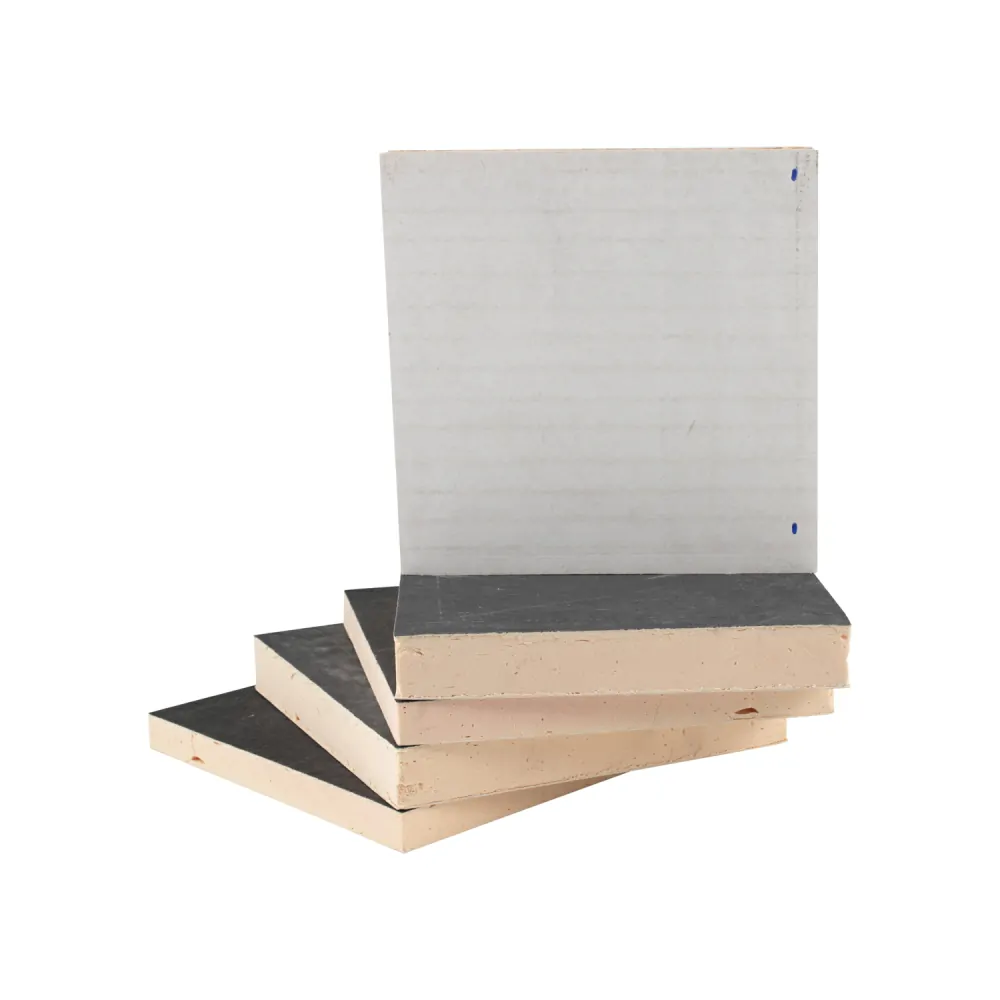
Cement Cloth / Mineral Composite Fabric
Designed for environments with extreme fire, abrasion, or chemical exposure. These facings are typically bonded to MgO or phenolic cores and used in industrial or underground systems.
Construction and Fabrication Characteristics
Duct boards are manufactured in several structural configurations to meet different installation and durability needs. Some panels are single-sided, with one laminated surface—typically used when the duct is mounted flush against structural elements or walls. Others are double-faced, where both sides are factory-laminated for full vapor barrier protection and enhanced mechanical strength, particularly important for suspended or exposed ductwork. High-performance duct boards may also feature multi-layer composite facings, combining aluminum foil, woven fabric, and polymer coatings to meet stringent requirements for hygiene, durability, or chemical resistance.
In terms of fabrication, most duct boards are supplied in flat panel form and cut on-site using the score-and-fold method, allowing installers to shape and seal ducts quickly with minimal tools. This approach offers excellent adaptability to on-site conditions and irregular spaces. Alternatively, some systems—particularly those using PIR or phenolic cores—are designed for modular prefabrication, where duct sections are fabricated in a controlled environment with pre-formed elbows, transitions, and joints. These pre-engineered systems are especially advantageous in large commercial projects or fast-track construction timelines.
| Pressure Rating | Typical Core & Facing | Application |
| Low Pressure (<1” WC) | Fiberglass Duct Board + Foil | Residential supply/return |
| Medium Pressure (1–3” WC) | Phenolic/PIR + FSK or galvanized steel | Commercial AHU supply ducts |
| High Pressure (>3” WC) | MgO + Cement Cloth or steel | Industrial systems, tunnels |
Installation and Fabrication

Proper installation is essential to duct board system performance and code compliance. Most assemblies—particularly those using fiberglass duct board or phenolic foam—are fabricated using the score-and-fold method. Panels are cut with grooving tools or slot cutters to create V-grooves, allowing clean folding without damaging the facing. Joints are sealed using UL 181-approved foil tape, mastic, or mechanical fasteners, depending on system pressure and project requirements.
Different core materials require tailored handling. Phenolic boards need precise scoring to avoid cracking, while MgO-based boards require dust control and carbide tools due to their density. Fiberglass cores are the most installer-friendly but still demand proper sealing, especially in humid environments. All seams, corners, and take-offs must be sealed tightly to ensure airtightness and energy efficiency, with vapor-barrier reinforcement recommended for rooftop or high-humidity areas.
Duct board is best suited for low to medium pressure systems (up to 2″ WG). For long runs or higher pressure zones, supports like hangers or saddles must be added at regular intervals. Installation should follow SMACNA’s guidelines for fibrous glass ducts for joint construction, reinforcement, and layout best practices.
Compared to sheet metal, duct board reduces labor and eliminates external insulation. It is ideal for retrofits, confined plenums, and projects where acoustic performance and installation speed are key. Common mistakes—like under-sealed corners or over-bent joints—can lead to leakage or structural failure and should be verified through pressure or smoke testing.
When installed correctly and in accordance with ASHRAE 90.1, IECC, and local codes, duct board systems offer reliable thermal insulation, air control, and indoor air quality performance.
From material selection and structural design to installation best practices, understanding duct board systems is key to achieving long-term HVAC performance, code compliance, and energy efficiency. Whether you’re working on residential retrofits or demanding commercial environments, choosing the right duct board makes all the difference.
WT is a professional manufacturer of high-performance duct board systems, offering a full range of phenolic duct boards and magnesium oxide duct boards engineered for durability, fire resistance, and thermal efficiency.
Connect with our experts to find the ideal solution and optimize your next HVAC ductwork project.
